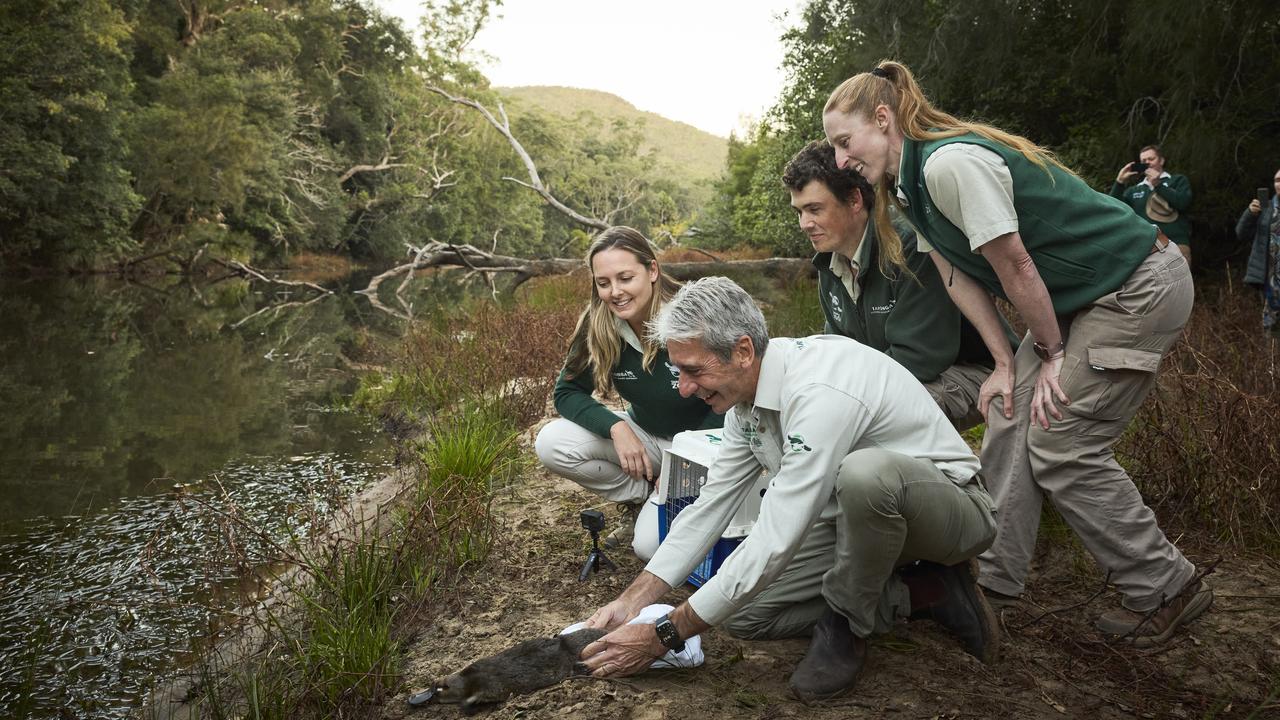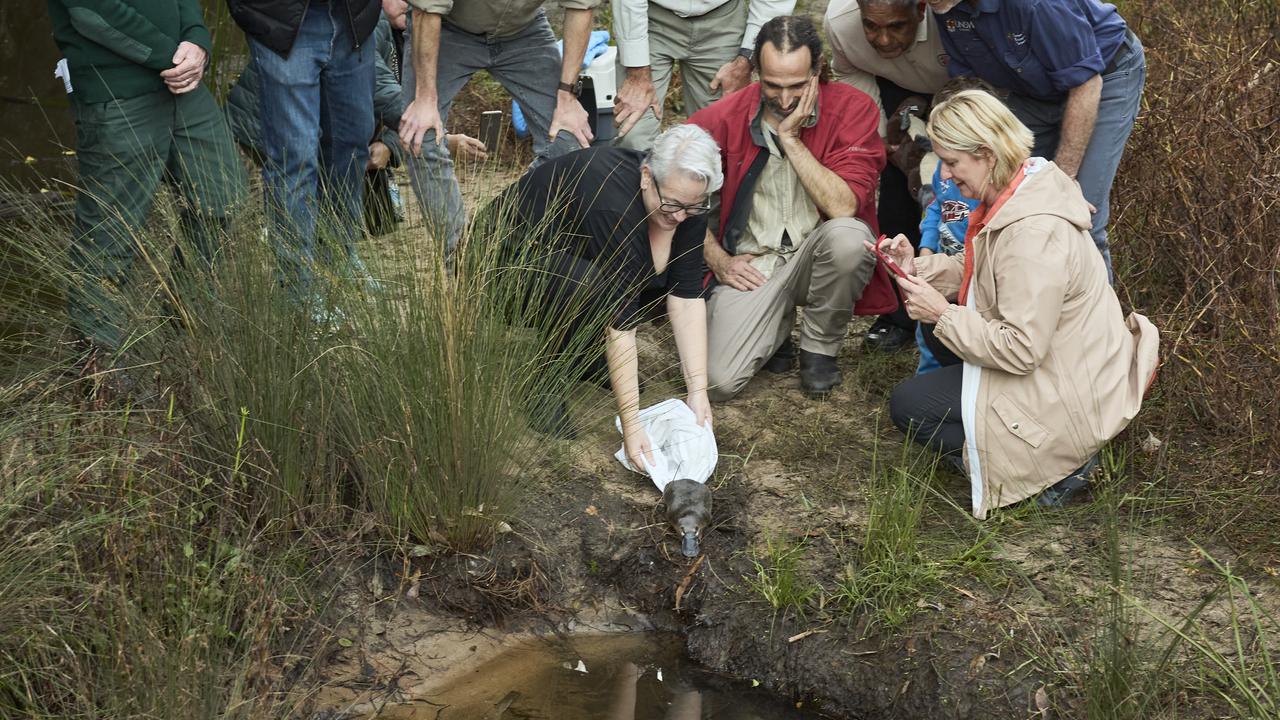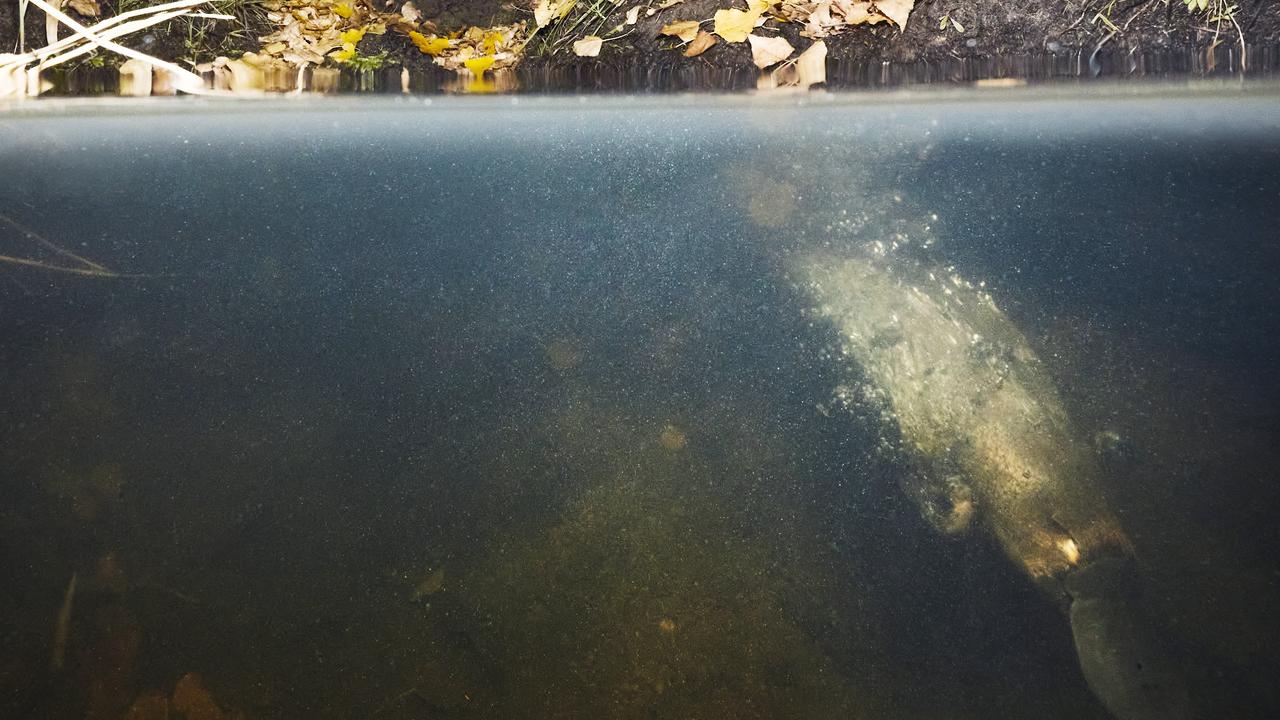Platypus to return to Royal National Park for first time in 50 years
A beloved, webbed-foot native Australian animal has returned to one location for the first time in nearly half a century.
A beloved native Australian animal has returned to one state’s national park after 50 years of local extinction.
In a collaborative project between NSW National Parks and Wildlife Service, Taronga Conservation Society Australia, UNSW Sydney and WWF-Australia, five female platypus have been released into the Royal National Park.
Four male platypus are set to follow in the coming week once the females have established their own territory.
All the animals have received health checks and have been fitted with transmitters.

They will be tracked and monitored by UNSW and WWF-Australia to determine the success of the project.
The platypus are currently under threat from habitat destruction in the wild, increasing the risks to their ability to maintain a healthy population.
NSW Environment Minister Penny Sharpe said the work to keep the animals safe is “essential.”
“Royal National Park is Australia’s oldest national park and I am pleased this historic reintroduction will help re-establish a sanctuary for this iconic species,” Ms Sharpe said.

“Translocation is just one conservation measure that can help ensure the survival of NSW species such as platypus against climate change.”
Taronga Conservation Society Australia CEO Cameron Kerr said platypus are shy and enigmatic, but are the “silent victims of climate change.”
He said their behaviour might keep them from view, but they are susceptible to drought and changes in the environment.

“This translocation not only re-establishes a population in part of their former range but allows us to refine the skills and expertise that will inevitably be required to counter the impacts of increasingly frequent and more severe climate events,” Mr Kerr said.
“The platypus is Taronga’s emblem, and we are committed to ensuring it not only survives but thrives for years to come.”
Dr Gilad Bino from UNSW’s Centre for Ecosystem Science said the returning the iconic animal to the park is about restoring balance to the ecosystem.




